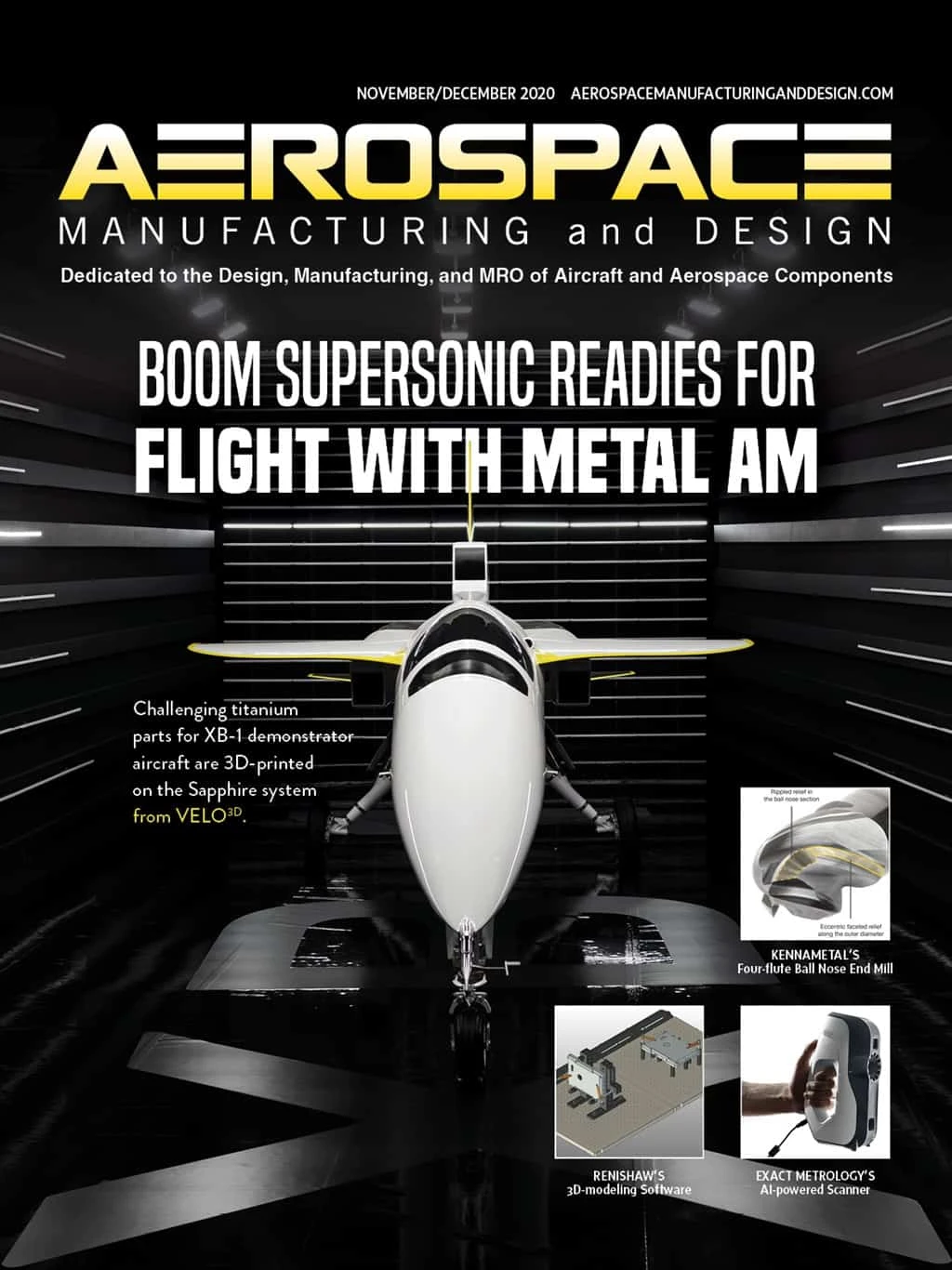
Interwoven scales produce a streaky flow on the surface of fish as they swim, giving researchers a bio-inspired clue on how to reduce aerodynamic drag forces on aircraft. City, University of London Professor Christoph Bruecker and his team studied fish to determine how to increase aircraft speeds and reduce fuel consumption.
Through their biomimetic study, Bruecker’s team discovered that the fish scale array produces a zig-zag motion of fluid in overlapping regions of the surface of the fish, which causes periodic velocity modulation and a streaky flow that can eliminate Tollmien-Schlichting wave-induced transition to reduce skin friction drag by more than 25%.

Computational fluid dynamics (CFD) calculations studied the flow pattern across fish surfaces and revealed a previously unknown effect of the scales as a mechanism to generate a regular pattern of parallel streamwise velocity streaks in the boundary layer. To prove their existence on the real fish skin, researchers conducted oil flow visualizations on sea bass and common carp, confirming their presence in a regular manner along their real body, with the same arrangement relative to the scale array as observed along the biomimetic surface. These results led the authors to hypothesize a possible mechanism for transition delay, inspired by various fundamental transition studies, where streaky structures generated by cylindrical roughness elements or vortex generator arrays have shown transition delay.
Using the specially equipped laminar water tunnel at the University of Stuttgart in Germany, Bruecker and Professor Ulrich Rist (University of Stuttgart) tested the hypothesis of a transition (drag) delay by experimenting with a smooth flat plate and a flat plate covered with biomimetic fish scale arrays.
Their outcome questions the common belief that roughness promotes by-pass transition. Instead, the scales largely increase the stability of the base flow, similar to an array of vortex generators.
A technical realization of such patterns on aerodynamic surfaces will pave the way toward drastically reducing fuel consumption and future zero-emission flight.
Get curated news on YOUR industry.
Enter your email to receive our newsletters.
Explore the November December 2020 Issue
Check out more from this issue and find your next story to read.
Latest from Aerospace Manufacturing and Design
- Lockheed Martin, NASA X-59 takes flight
- Claw jaws for maximum clamping force
- #53 Lunch + Learn Podcast with Iscar
- PI moves into new US headquarters
- Indexable thread milling grade with PVD aluminum oxide coating
- Falcon Aviation Services orders 50 eVTOL aircraft from AutoFlight
- Finned rollers for firm, safe, efficient parts handling
- Vietjet finalizes order for 100 Airbus A321neo aircraft







